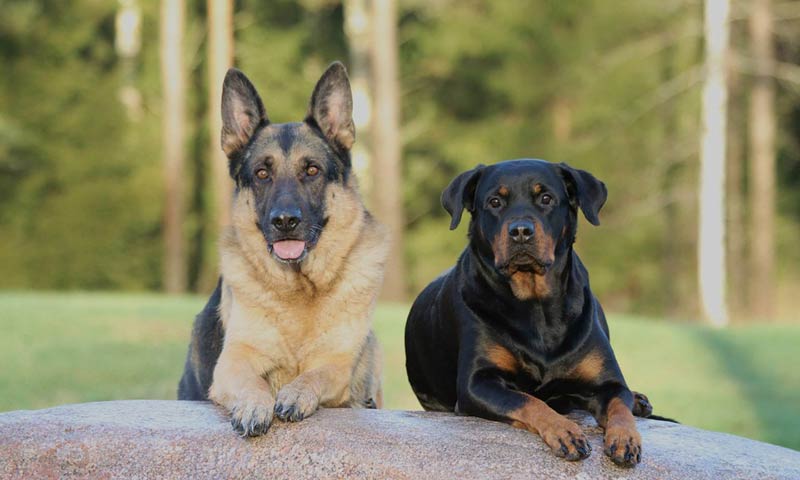Which dog breeds are more prone to arthritis?
Which dog breeds are more prone to arthritis?

Arthritis is very a prevalent disease among dogs, but some breeds are clearly more at risk than others. Extra care makes sense for those high risk breeds.
Globally, arthritis is said to affect about one in every four dogs in the United States. It should be noted that while dogs suffer from rheumatoid arthritis, its counterpart osteoarthritis is by far the most prevalent.
The degeneration of the cartilage leads to complications that literally cripple dogs with abnormal bone growth at the juncture, joint stiffness, increasing pain and significant discomfort. It is a progressive condition, meaning that it will also gradually deteriorate with time. The vast majority of dogs will suffer from this disease in their lifetime since 80% of dogs over 8 years and nearly 90% of geriatric dogs are concerned.
But osteoarthritis is not just associated with older dogs. Although the cause of osteoarthritis in dogs is multifactorial, it is however a disease strongly linked to genetics and certain breeds are prone to developing arthritis at a younger age. Not surprisingly, these include the larger breeds like Labradors, Retrievers, Rottweilers, German Shepherds, Collies, and so on.
Clearly osteoarthritis can begin at any age but the dog will generally not show symptoms immediately. It is often when the cartilage degradation has reached an advanced stage that the disease becomes noticeable with impaired mobility and pain.
The table below shows the average risk for several dog breeds. The higher the ratio, the higher the likelihood that the dog will have to deal with osteoarthritis sooner than later, with “1” being the average risk. For the high risk breeds - above "1" - it is imperative to avoid excess weight or obesity issues as it would increase even further the odds of developping early arthritis. Most veterinarians also recommend supplementation with nutrients that support the joint cartilage health at a very young age.




